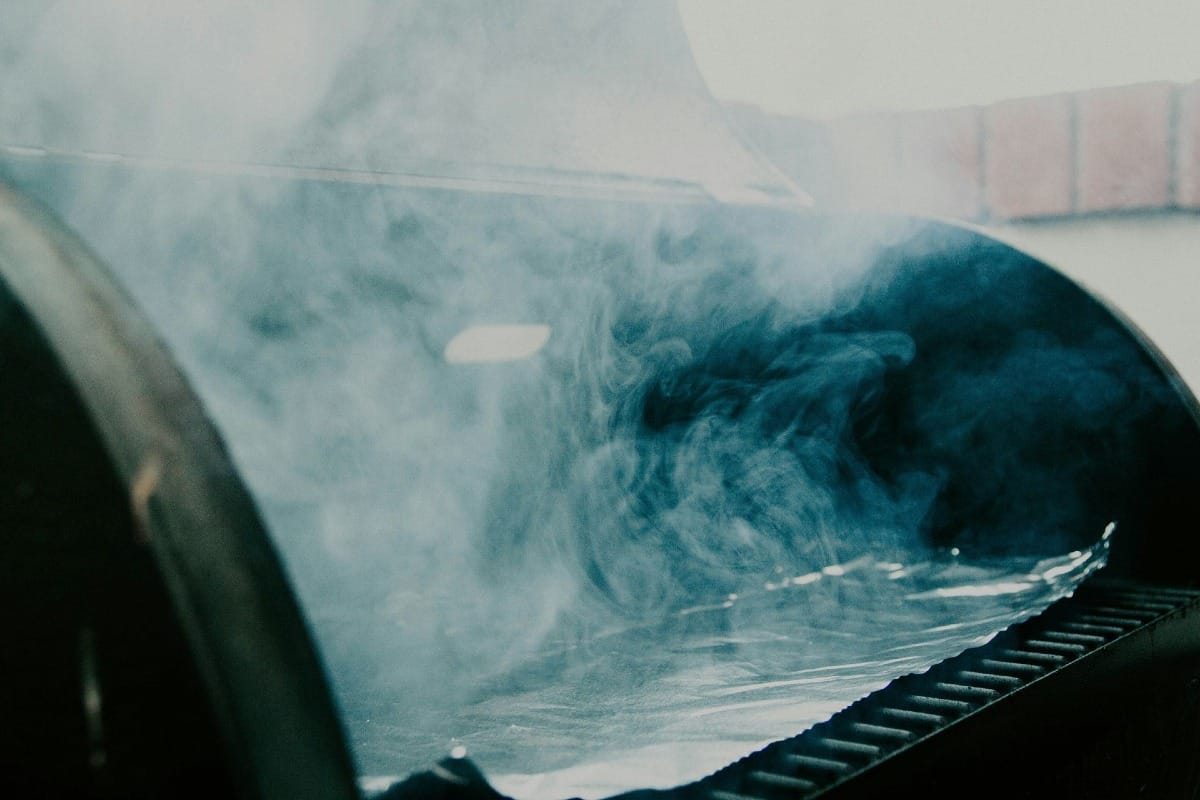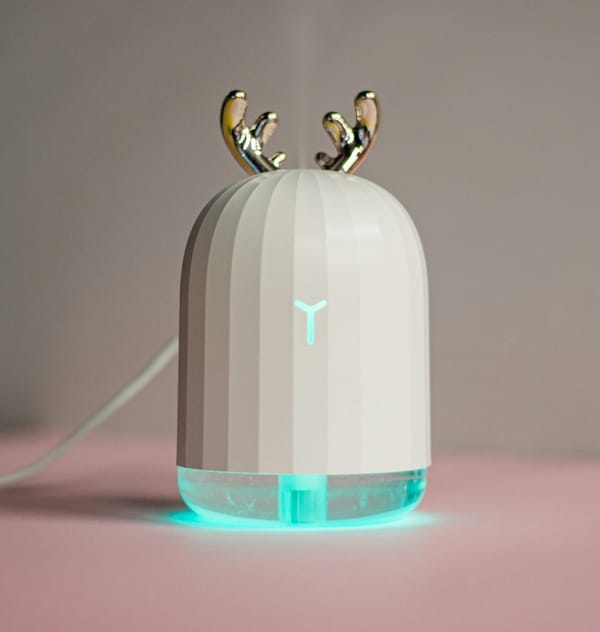Air fryers have become increasingly popular kitchen appliances, offering a healthier alternative to traditional deep frying. However, many users may have noticed that most air fryers don't exceed a maximum temperature of 450°F (232°C). This limitation isn't arbitrary; there's a crucial scientific and safety reason behind it. In this article, we'll explore the factors that influence air fryer temperature limits, the science behind cooking at high temperatures, and the potential risks associated with exceeding these limits.
The 450°F Threshold: Understanding the Limit
Air fryers typically have a maximum temperature setting of 450°F, which is not a random choice but a carefully determined limit based on several factors:
Safety considerations: The primary reason for this temperature cap is safety. Air fryers are designed for home use, and manufacturers must ensure that the appliance remains safe even when operated at its highest setting. Temperatures above 450°F can pose significant risks, including:
- Increased fire hazard
- Potential damage to the appliance
- Risk of burns to users
Material limitations: The components used in air fryers, such as the cooking basket, heating elements, and outer casing, are designed to withstand temperatures up to 450°F safely. Beyond this point, these materials may begin to degrade or release harmful substances.
Optimal cooking range: Most foods cooked in an air fryer don't require temperatures higher than 450°F. This temperature is sufficient to achieve the desired crispy texture and golden-brown color while ensuring thorough cooking.
The Science of High-Temperature Cooking
To understand why 450°F is generally the upper limit for air fryers, it's essential to delve into the science of cooking at high temperatures:
Maillard reaction: This chemical reaction between amino acids and reducing sugars gives browned foods their distinctive flavor and appearance. The Maillard reaction occurs most effectively between 280°F and 330°F (140°C to 165°C). Air fryers operating at 450°F easily achieve this range, allowing for optimal browning and flavor development.
Caramelization: Sugar begins to caramelize at around 300°F (150°C), contributing to the golden-brown color and sweet, nutty flavors in many foods. The 450°F limit ensures that caramelization can occur without burning the food.
Protein denaturation: Proteins in food begin to denature and coagulate at temperatures between 120°F and 160°F (49°C to 71°C). By the time the air fryer reaches its maximum temperature, proteins are fully cooked and have developed desirable textures.
Moisture evaporation: As food cooks in an air fryer, moisture evaporates from its surface. This process is crucial for achieving a crispy exterior. The 450°F limit allows for efficient moisture evaporation without causing excessive drying or burning.
Safety Risks of Exceeding Temperature Limits
While some may be tempted to modify their air fryers to reach higher temperatures, doing so can lead to severe safety hazards:
Fire risk: Cooking oils and fats have smoke points, the temperature at which they begin to break down and produce smoke. For many common cooking oils, this point is around 400°F to 450°F. Exceeding these temperatures significantly increases the risk of fire.
Toxic fume production: When certain materials, including non-stick coatings and plastics, are heated beyond their intended temperature range, they can release toxic fumes. These fumes can be harmful if inhaled and may contaminate food.
Electrical hazards: Air fryers are designed with electrical components rated for specific temperature ranges. Exceeding these limits can lead to short circuits, electrical fires, or other dangerous malfunctions.
Structural damage: The intense heat generated by temperatures above 450°F can cause warping, melting, or other structural damage to the air fryer's components, rendering the appliance unsafe for future use.
Comparing Air Fryers to Other Cooking Methods
To better understand the 450°F limit of air fryers, it's helpful to compare them to other cooking methods:
Conventional ovens: Most home ovens can reach temperatures up to 500°F or higher. However, they have larger cooking chambers and more robust insulation, allowing for better heat distribution and management.
Deep fryers: Commercial deep fryers can operate at temperatures up to 375°F to 400°F. The oil acts as a heat transfer medium and helps regulate the cooking temperature.
Grills: Outdoor grills can reach temperatures well above 500°F, but they're designed for open-air use and have different safety considerations compared to indoor appliances.
Air fryers, being compact and designed for countertop use, require stricter temperature limits to ensure safe operation in home kitchens.
Maximizing Air Fryer Performance Within Temperature Limits
Despite the 450°F limit, air fryers can still produce excellent results. Here are some tips to maximize your air fryer's performance:
Preheat the air fryer: Starting with a preheated air fryer ensures that food begins cooking immediately at the desired temperature.
Avoid overcrowding: Leaving space between food items allows for better air circulation, resulting in more even cooking and crispier results.
Use a light coating of oil: A thin layer of oil on the food's surface can enhance browning and crispiness without the need for higher temperatures.
Flip or shake food during cooking: This ensures even exposure to the hot air, promoting uniform cooking and browning.
Adjust cooking times: If you're adapting a recipe that calls for temperatures above 450°F, you may need to increase the cooking time slightly to achieve similar results.
The Role of Air Circulation in Air Fryer Cooking
One of the key features that allows air fryers to cook effectively at 450°F is their efficient air circulation system:
Rapid air technology: Air fryers use a fan to circulate hot air around the food at high speeds. This technology allows for quick and even cooking, mimicking the effects of deep frying without the need for excessive oil or higher temperatures.
Convection effect: The circulating hot air creates a convection effect, which helps to cook food more quickly and evenly than in a conventional oven. This efficient heat transfer compensates for the lower maximum temperature compared to some other cooking methods.
Surface browning: The continuous flow of hot air over the food's surface promotes rapid moisture evaporation and browning, contributing to the crispy texture associated with fried foods.
Energy Efficiency and Temperature Limits
The 450°F limit of air fryers also plays a role in their energy efficiency:
Power consumption: Air fryers typically use between 1,200 and 1,500 watts of power. The temperature limit helps to keep energy consumption within a reasonable range for a countertop appliance.
Heat retention: The compact size and insulation of air fryers allow them to maintain cooking temperatures efficiently. Higher temperature limits would require more energy to maintain and could lead to increased heat loss.
Cooking speed: Despite the temperature limit, air fryers can cook food faster than conventional ovens due to their small size and efficient air circulation. This contributes to overall energy savings in the kitchen.
Future Developments in Air Fryer Technology
As kitchen appliance technology continues to advance, we may see innovations that address the current temperature limitations of air fryers:
Advanced materials: Research into heat-resistant materials could lead to air fryer components capable of safely withstanding higher temperatures.
Improved safety features: Future air fryers might incorporate more sophisticated safety mechanisms, potentially allowing for higher temperature settings without compromising user safety.
Hybrid appliances: Some manufacturers are developing combination appliances that merge air fryer technology with other cooking methods, potentially offering higher temperature capabilities for specific functions.
Smart temperature control: Integration of smart technology could allow for more precise temperature control and safety monitoring, potentially expanding the safe operating range of air fryers.
Conclusion
The 450°F temperature limit in most air fryers is a carefully considered safety feature that balances cooking performance with user protection. This threshold allows for effective cooking of a wide range of foods while minimizing risks associated with high-temperature cooking in a compact appliance. By understanding the science behind this limitation and following best practices for air fryer use, home cooks can achieve delicious, crispy results without compromising safety. As technology advances, we may see innovations that push these boundaries, but for now, the 450°F limit remains a crucial aspect of air fryer design and operation.
Citations:














Member discussion